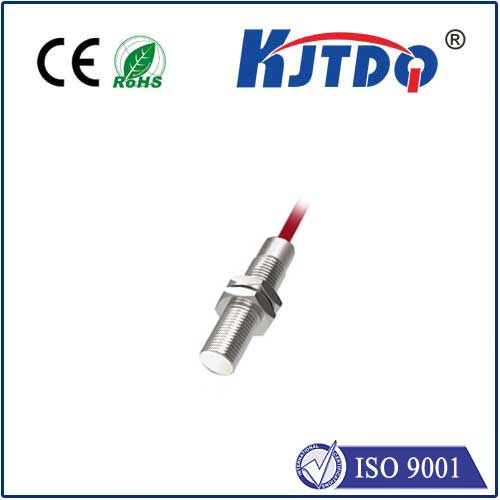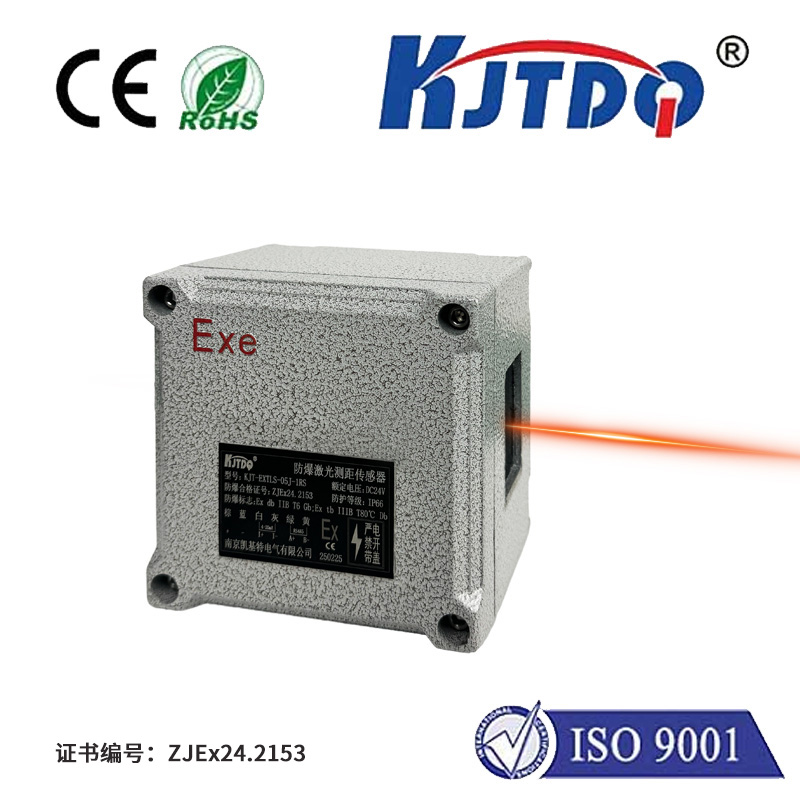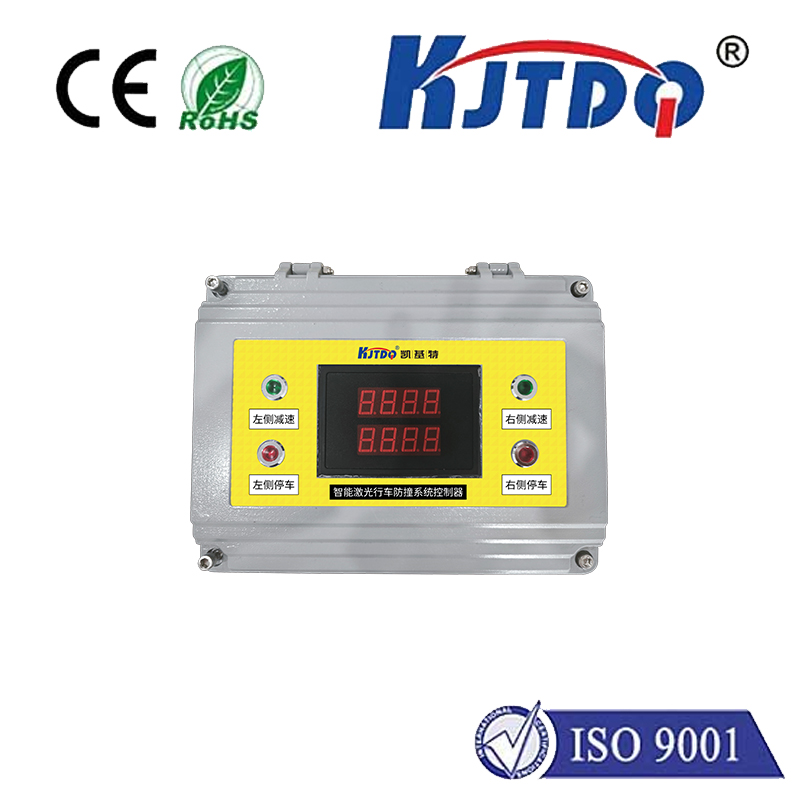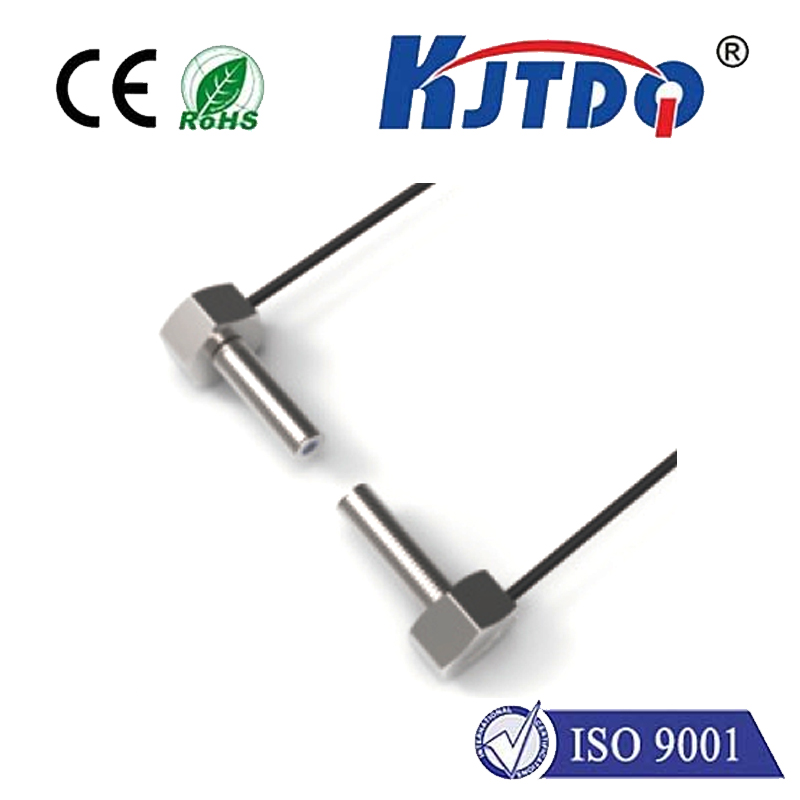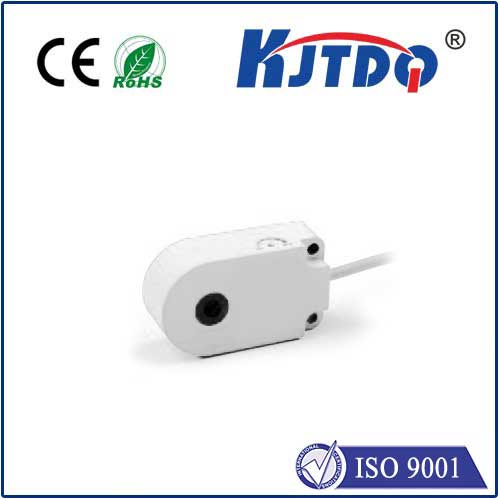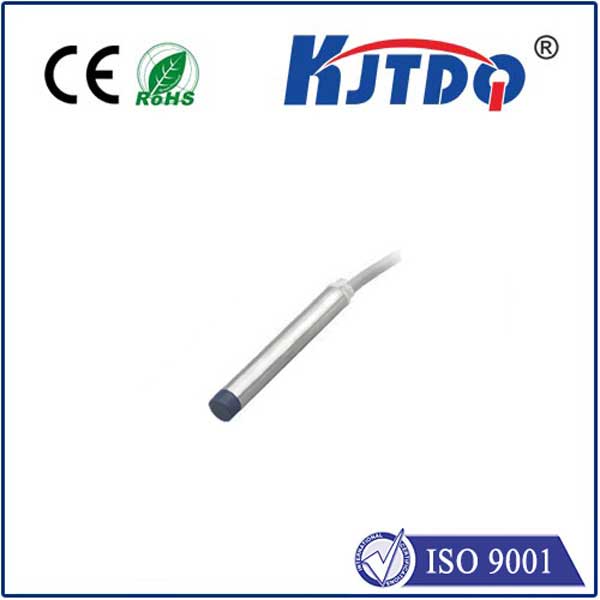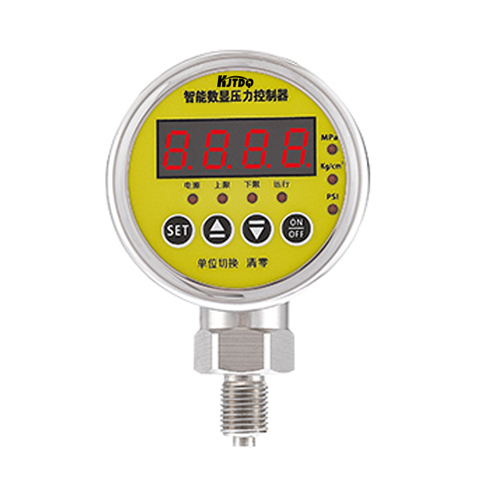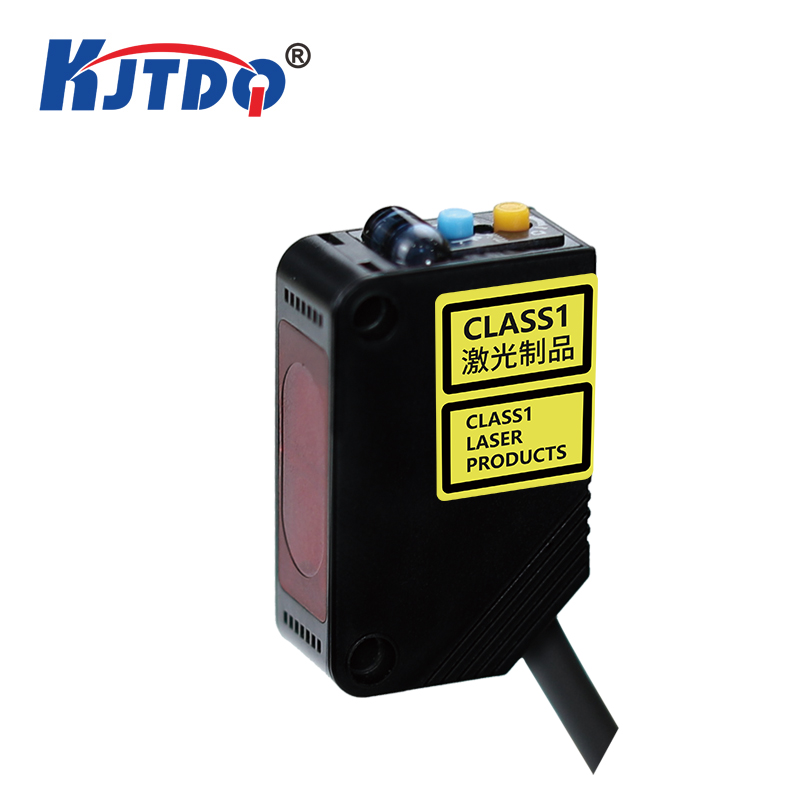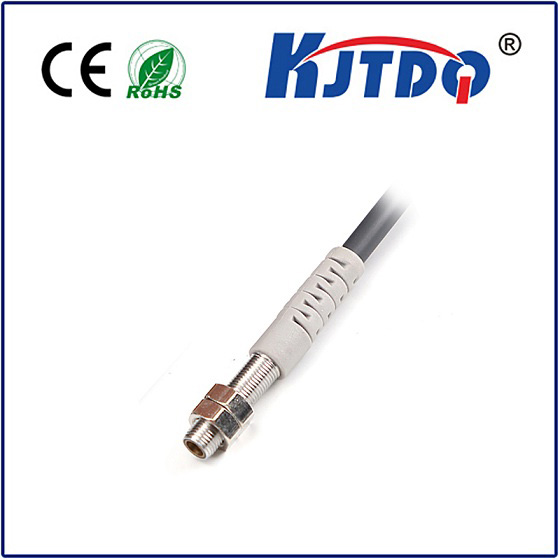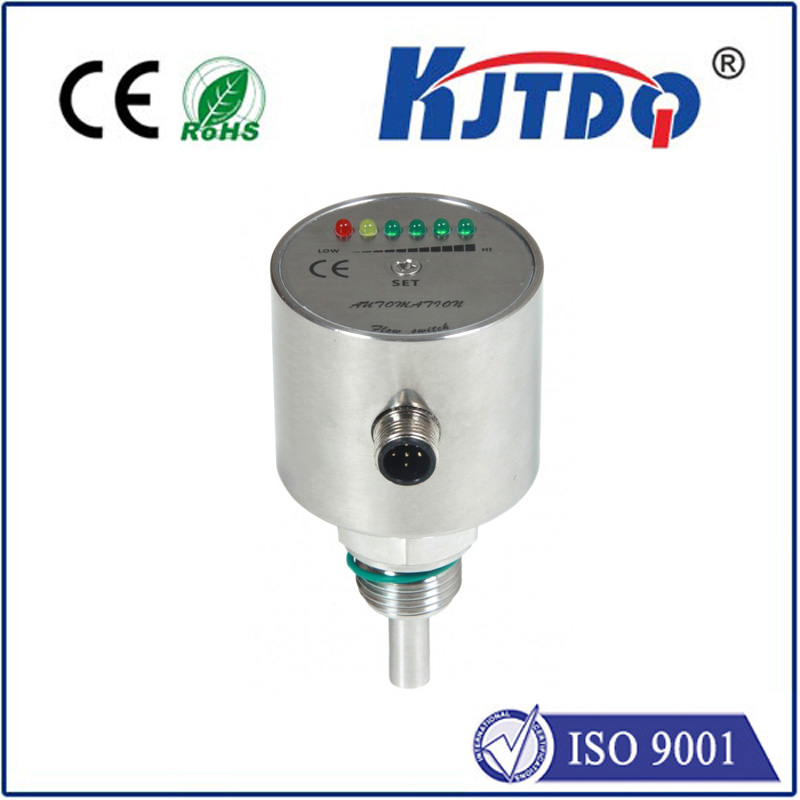

check

check

check

check

check

check

check

check

check

check
While the human eye marvels at rainbows and sunsets, industrial automation demands precise, quantitative light measurement. This is where the linear optical sensor becomes indispensable. Far from a simple light detector, a linear optical sensor converts the intensity of incident light into an electrical signal that changes predictably and proportionally – linearly – enabling unparalleled accuracy in countless applications. Understanding how these sensors function and where they excel is crucial for engineers designing the next generation of control systems, quality assurance tools, and scientific instruments.
The Core Principle: From Photons to Proportional Signals
At its heart, a linear optical sensor relies on the photoelectric effect. When photons (light particles) strike a semiconductor material within the sensor (commonly silicon photodiodes or specialized position-sensitive detectors - PSDs), they energize electrons, generating a flow of electrical current. The defining characteristic of a linear sensor is that the magnitude of this photocurrent is directly proportional to the intensity of the incoming light over its specified operating range. This linear relationship is expressed by the sensor’s responsivity (typically measured in Amps/Watt or Volts/Watt).
Achieving this linearity requires careful design:
Why Linearity Matters: Accuracy in Measurement
The linearity of the sensor response isn’t just a technical specification; it’s the bedrock of accurate measurement. Consider applications like:

In all these cases, deviation from true linear response introduces errors that compound, leading to poor quality control, inaccurate data, failed products, or even safety hazards. The dynamic range (the ratio between the largest and smallest measurable signal) of a linear optical sensor is also critical, determining its ability to handle varying light conditions without saturation or losing sensitivity.
Key Performance Parameters (Beyond Linearity)
While linearity is paramount, several other sensor characteristics define its suitability:
Industrial Domains Relying on Linear Optical Sensing
The predictable, quantifiable output of linear optical sensors makes them workhorses across industries:
Position-Sensitive Detectors (PSDs): A Unique Linear Sensor
A specialized subset of linear optical sensors deserves mention: the 1D and 2D Position-Sensitive Detector (PSD). Instead of just reporting total light intensity, a PSD outputs signals that indicate the precise centroid position of a focused light spot falling on its continuous photosensitive surface. Its output voltages change linearly with the spot’s position. This makes PSDs incredibly valuable for applications like laser beam alignment, vibration analysis, optical triangulation for distance measurement, and nano-positioning systems. Their continuous position output and high speed offer advantages over pixelated arrays in certain scenarios.
Ensuring Performance: Calibration and Integration
The theoretical benefits of a linear optical sensor are only realized with careful integration. Calibration against traceable standards is crucial for high-precision applications. Environmental factors like temperature fluctuations and electrical noise interference must be managed through proper shielding, stable power supplies, and sometimes temperature control circuits. Choosing the right supporting electronics – especially the transimpedance amplifier design – is critical to maintaining signal integrity and the sensor’s inherent linearity. Understanding the specific light intensity range, environmental conditions, and required dynamic range is paramount for selecting the optimal sensor and ensuring its linear response translates into reliable, actionable data.
The Unsung Enablers of Precision
Linear optical sensors operate quietly behind the scenes. They are fundamental components translating the ephemeral nature of light into the concrete language of electrical signals that modern control systems understand. Their unique ability to provide a highly linear relationship between light input and electrical output makes them irreplaceable tools wherever precise quantification of light intensity, position, or change is paramount. From ensuring the thickness of a smartphone screen to monitoring the purity of a pharmaceutical solution or enabling scientific discovery, the linear optical sensor remains a critical enabler of accuracy, reliability, and innovation across the technological landscape.
